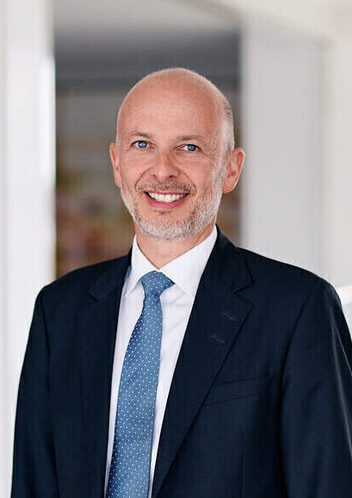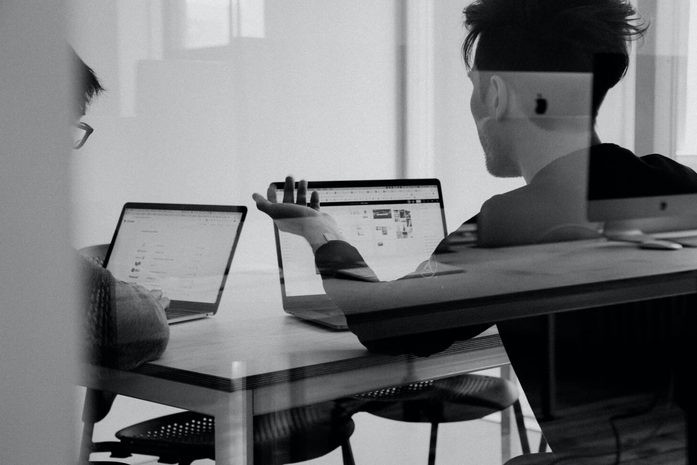
Halvor Manshaus
Partner
Oslo
Newsletter
by David Brambani
Published:
Kathrine Myhre, Director General of the Norwegian Industrial Property Office ("NIPO"), wrote in Dagens Næringsliv on the 27 July of this year, that it is worrying that Norwegian companies do not secure their rights by taking out patents. In the article, she wrote that: "You can put it as simply as patents prevent others from stealing your idea [...]". By contrast the line fishing supplier Mustad Autoline, who won the Gaselle prize (a prize awarded to Norway's fastest growing companies) for the third time in 2018, stated to Dagens Næringsliv that the company does not take out patents as: "we will only be copied by our competitors because the products must be described in detail". The distance between the two statements is large. There is a need for nuance.
Director General Myhre is of course right that the purpose of a patent is precisely to prevent others from stealing your idea. The intention being that the exclusive right granted helps stimulate technical development. Looking at the cost side, however, it is not difficult to understand Mustad Autoline's diametrically opposite point of view.
Any applicant for a patent must pay for professional assistance related to the formulation of the patent application, an application fee and an annual fee. If applying in several countries, the costs increase. For businesses categorized as "smaller businesses", NIPO's/Innovation Norway's calculator estimates the costs of applying for a patent in 38 European countries, and 5 other countries, at approx. NOK 1,099,500. The annual fees are estimated at approx. NOK 129,000. In itself, these costs can be insurmountable, particularly for smaller businesses or newly established companies that are barely scraping by. If a company attempts to limit these costs by limiting the patent application to Norway only, it will only obtain protection in Norway.
An even bigger challenge is the high costs incurred when enforcing the patent. It doesn't take much for you to be met with submissions that the patent does not provide protection e.g., because there are certain differences between your patented product and the product you believe is a copy. If you want to protect your patent, it will often be necessary to go to court. The costs can become sky high both in Norway and abroad. You probably will have to pay several million NOK in legal costs before a final judgment is reached. In addition, you will likely be faced with a claim that your patent is not valid with the copyist claiming that someone else has made the invention before or at least described something so similar that you should not have been granted a patent in the first place.
If you have a small start-up company and are faced with a counterparty with plenty of resources, it may be illusory to think that you will make it through a year-long legal dispute. In addition, there is always the risk of a negative outcome to any proceedings.
By contrast trade secrets are protected against unlawful use in Norway/internationally without registration or fees being required. As an alternative to patent protection, it may in the concrete case be better to keep the technology in question secret as, in addition to avoiding the registration costs, you also avoid the risk of a competitor using your technology, which would have been made known through a patent application.
However, I would like to think that both Director General Myhre and Mustad Autoline agree on at least one thing; namely that the most important point for all technology companies is to be conscious of how they can ensure that their technology is protected from being stolen.
There are many factors you have to take into account when choosing a strategy, and the strategy may of course vary depending on the information/product/method that you want to protect. Some important factors to consider are:
